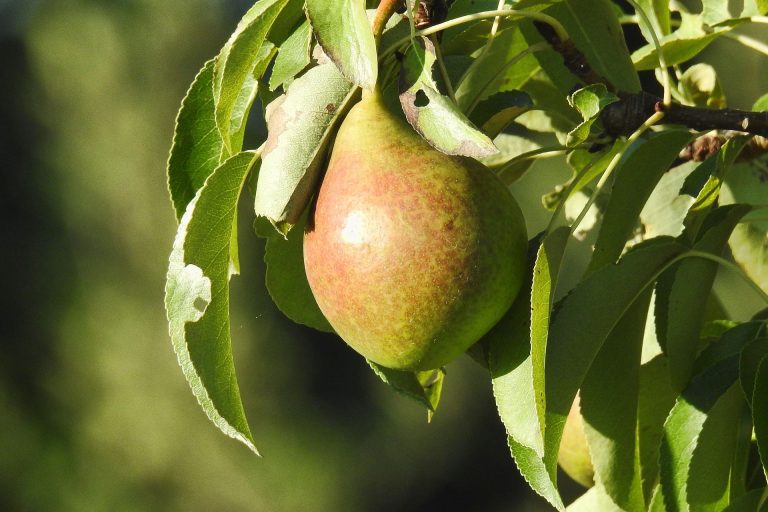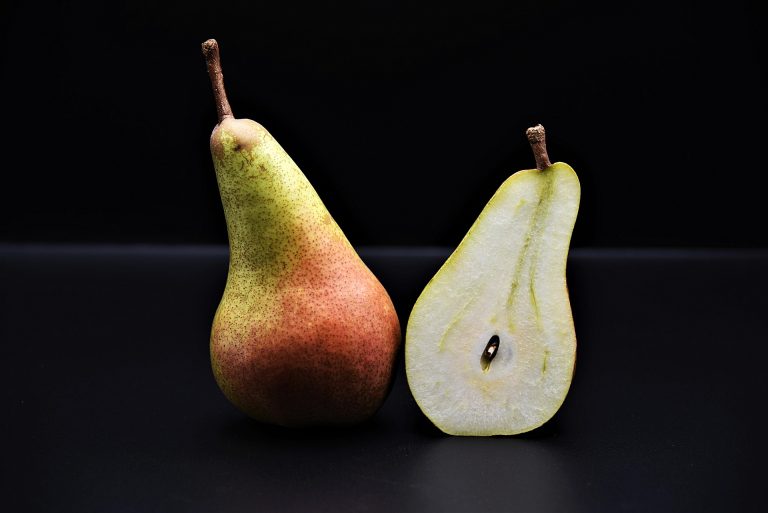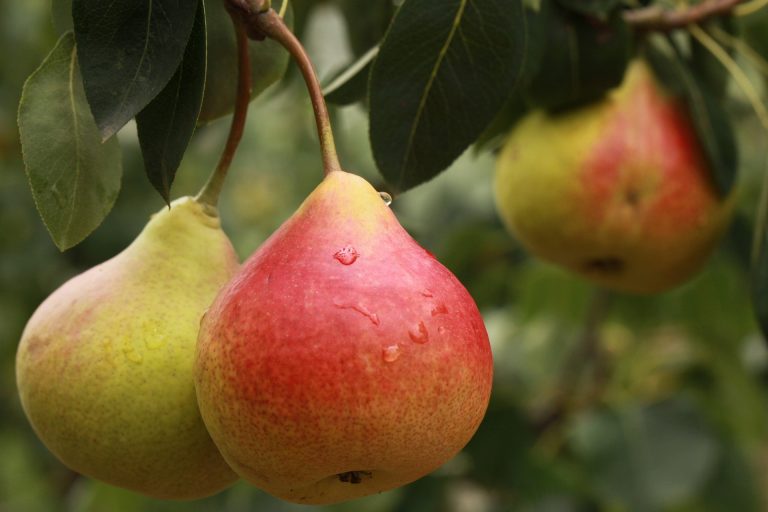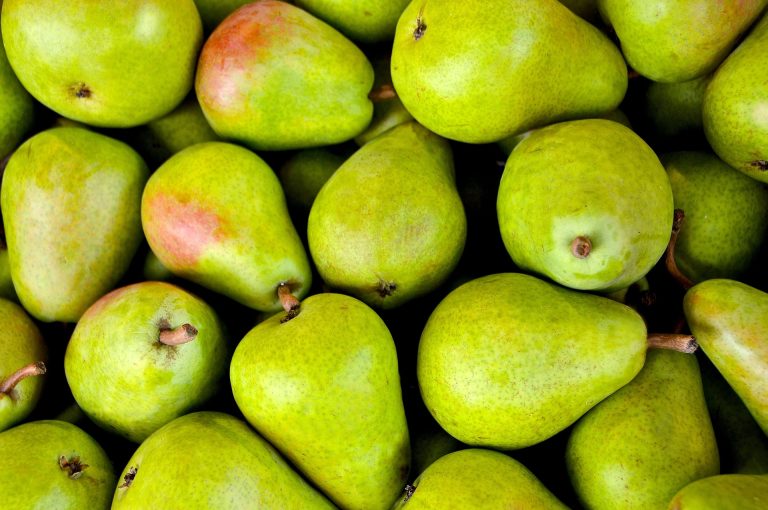The Pear: A Comprehensive Exploration of its History, Cultivation, and Culinary Delights
Introduction
Pears, with their succulent flesh and distinctive shape, hold a special place in the realm of fruits. Belonging to the genus Pyrus and originating from the temperate regions of Europe, North Africa, and Asia, pears have been cultivated for millennia. This article delves into the rich history, global cultivation practices, nutritional benefits, culinary uses, and varieties of this versatile fruit.

Historical Significance and Origins
The history of the pear stretches back over 4,000 years to ancient China, where it was revered as a symbol of immortality and prosperity. From China, the fruit spread to ancient Egypt, Greece, and Rome, where it gained popularity both as a fresh fruit and as a cooking ingredient. The Romans, in particular, valued pears highly and cultivated many varieties.
During the Middle Ages, pears were a staple in European orchards, favored by monasteries for their versatility in cooking and preserving. European colonists later brought pear trees to North America, where they adapted to the climate and flourished in regions like Oregon and Washington State.
Botanical Characteristics and Cultivation
Pears belong to the Rosaceae family, which also includes apples, quinces, and roses. The tree typically reaches a height of 10 to 17 meters, with glossy leaves and white blossoms in spring. Pears are classified into two main categories: European pears (Pyrus communis) and Asian pears (Pyrus pyrifolia). European pears are known for their buttery texture and sweet flavor, while Asian pears are crisp and often rounder in shape.
Cultivation of pears requires a temperate climate with well-drained soil. The trees are typically propagated through grafting and can begin bearing fruit within three to five years. Pruning helps to maintain tree health and encourages production of fruits.

Varieties of Pears
Pears come in a diverse array of varieties, each with its own flavor profile, texture, and best uses. Some popular varieties include:
- Bartlett: Known for its juicy texture and sweet flavor, the Bartlett pear is one of the most widely cultivated varieties worldwide.
- Anjou: Available in green and red varieties, Anjou pears have a dense flesh that holds up well in cooking.
- Bosc: Recognizable for its elongated neck and russet skin, the Bosc pear has a firm texture and earthy flavor.
- Asian Pears: Crisp and refreshing, Asian pears are often eaten fresh and are known for their apple-like crunch.
Nutritional Value and Health Benefits
Pears are delicious but enriched with essential nutrients. A medium-sized pear contains about 100 calories and is an excellent source of dietary fiber, vitamin C, potassium, and antioxidants. The fiber in pears promotes digestive health and may help lower cholesterol levels. Additionally, the antioxidants in pears, such as flavonoids and carotenoids, contribute to their potential anti-inflammatory and immune-boosting properties.

Culinary Uses and Recipes
Pears are incredibly versatile in the kitchen, lending themselves to both sweet and savory dishes. They can be enjoyed fresh, poached, baked, or grilled. Some popular culinary uses include:
- Desserts: Pears are a classic ingredient in desserts such as pies, tarts, and crumbles. They pair up beautifully with cinnamon and nutmeg spices.
- Salads: Sliced or diced pears add sweetness and crunch to salads, complementing ingredients like nuts, cheese, and leafy greens.
- Preserves: Pears can be made into jams, chutneys, and sauces, preserving their flavor for year-round enjoyment.
Global Production and Economic Importance
China is the leading producer of pears globally, followed by Argentina, Italy, and the United States. Pears thrive in regions with moderate temperatures and well-drained soils, making them suitable for cultivation in both hemispheres. The economic importance of pears extends beyond fresh consumption to processed products such as pear juice, canned pears, and pear-based alcoholic beverages like pear cider.

Challenges in Pear Cultivation
Despite their widespread cultivation, pears face several challenges, including susceptibility to diseases such as fire blight and pear scab. Climate change poses a threat to pear orchards, affecting flowering times and increasing the incidence of pests and diseases. Growers employ integrated pest management strategies and disease-resistant varieties to mitigate these challenges sustainably.
Cultural Significance and Symbolism
Throughout history, pears have held cultural significance beyond their culinary uses. In art and literature, pears symbolize prosperity, longevity, and sensuality. They feature prominently in still-life paintings by artists such as Édouard Manet and Paul Cézanne, capturing their luscious form and vibrant colors.
In Chinese culture, pears are associated with immortality and happiness. The word for pear, “li,” sounds similar to the word for separation, making pears a common gift during farewell ceremonies.
Conclusion
The pear stands as a testament to the enduring relationship between humans and plants, cultivated for its flavor, nutrition, and cultural symbolism. From ancient orchards to modern supermarkets, pears continue to delight palates worldwide with their juicy sweetness and versatility in cooking. As global demand for nutritious and sustainable foods grows, the pear remains a timeless fruit cherished for its rich history and culinary possibilities.
In exploring the pear—from its botanical origins to its modern-day cultivation and culinary applications—we gain a deeper appreciation for this fruit’s enduring appeal and its role in shaping our culinary traditions and cultural heritage.
As we savor the crisp bite of an Asian pear or indulge in a slice of pear tart, we are reminded of the pear’s journey through time, from ancient orchards to our tables today—a journey marked by flavor, tradition, and a touch of sweetness that transcends borders and generations.

